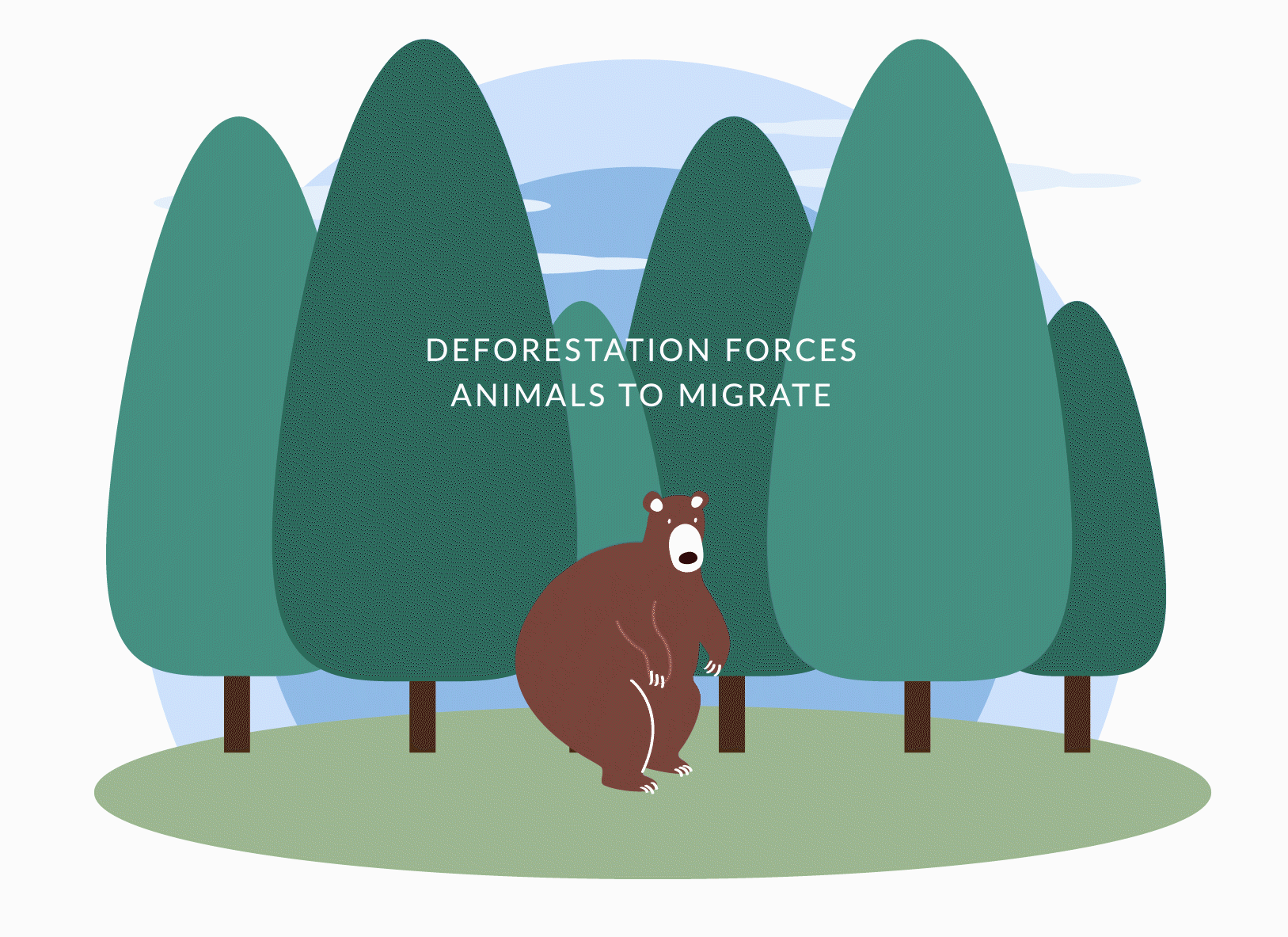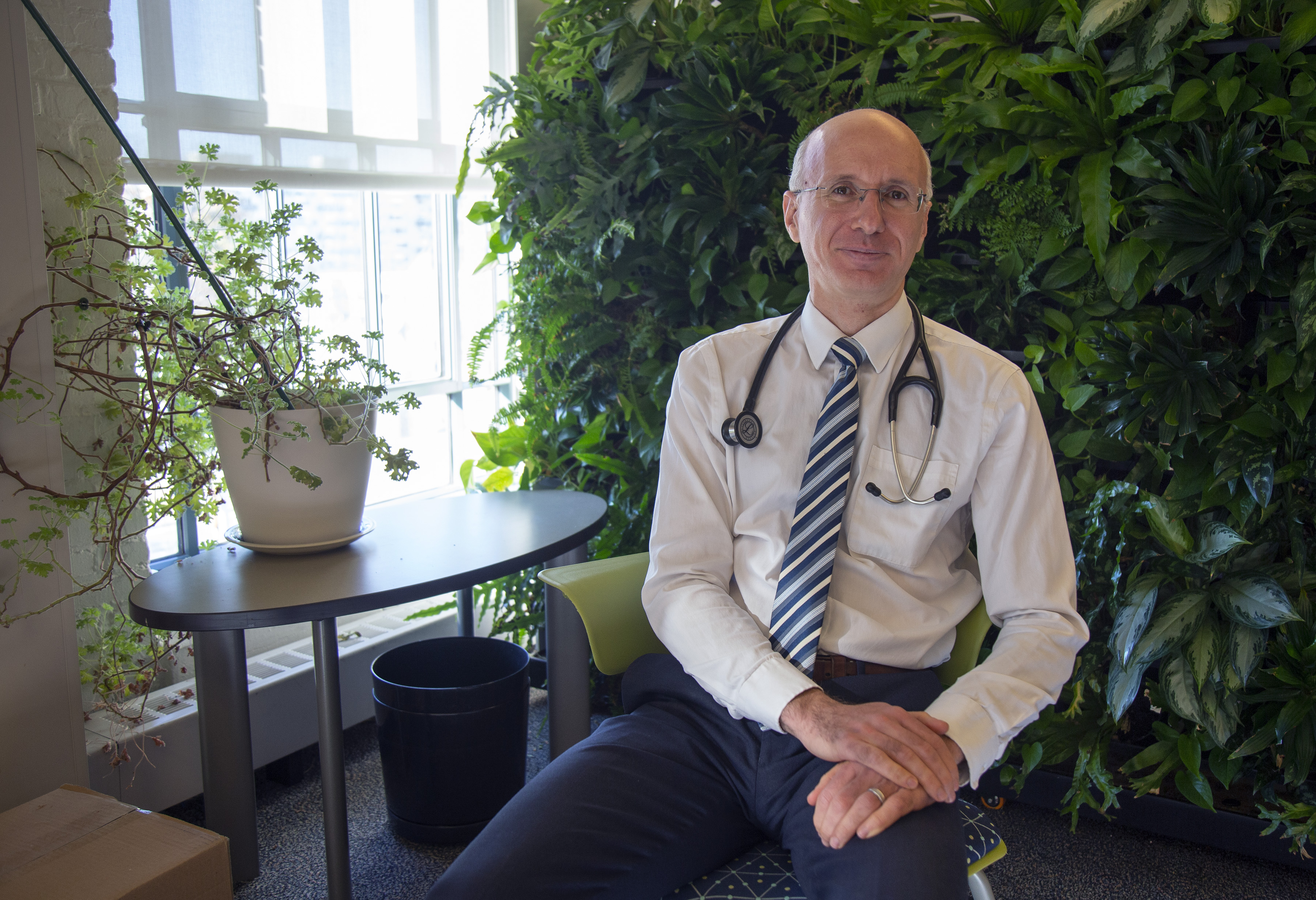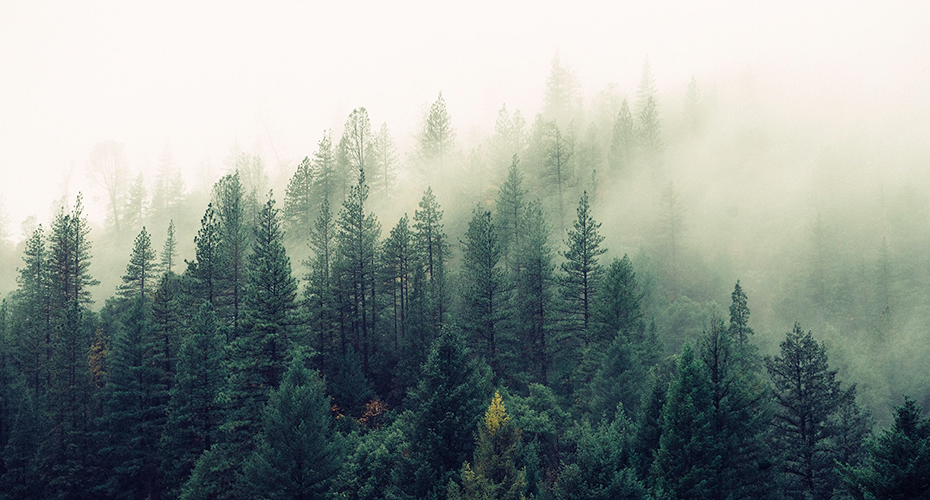Apr 21, 2020
What do we know about COVID-19 and the climate crisis?
In a Coverage series, a physician explores the ways health and health care are affected by climate change, and highlights climate actions families can take to ensure that we provide our children and our loved ones with a healthier, more just, and sustainable world.
Fifty years ago, the first Earth Day captured a growing awareness that the emissions billowing from factories and cars, which for so long had been a mark of prosperity and booming industry, were damaging the Earth and ourselves. Today, we can look back and see that the actions taken then dramatically cleaned up our nation’s air and water, saved millions of lives, kept people healthy and prevented millions of heart attacks, strokes, and asthma attacks, all while growing our economy. We can also see that we must do more, especially to ensure that these benefits extend to the most vulnerable people in our own country and around the world who have not benefited from these gains.
Evidence has emerged that breathing polluted air is one of the risk factors for those suffering the most from COVID-19. We know that people of color in our country, who have been dying at strikingly higher rates than others from COVID-19, and the poor are more likely to breathe polluted air. The same disparate harms of air pollution we see in our country are seen around the world. I hope that by the 100th anniversary of Earth Day we will be able to say that better air quality has benefited everyone.
While caring for children in recent weeks, I have often thought about how a virus, which first entered into a person from an animal somewhere in Asia, might be infecting a child in my care in Boston. These moments have made clear that the current pandemic, like the overwhelming majority of the emerging infections that have occurred in recent decades, has resulted from our mismanagement of our relationships with other life on Earth. Fifty years ago, the founders of Earth Day helped us all recognize that we must protect the environment to protect ourselves. No moment in our history makes this more clear than this one.
To prevent further pandemics, we need better disease surveillance and testing, among much else. We need better access to critical medical supplies and support for providers who have had to endure some of the most trying days of their careers. But most of all we need to do more to make sure that these pathogens never get into people in the first place.
Since the COVID-19 pandemic began, I have received countless questions about the connections between the environment and COVID-19. I hope these connections, outlined in my Q&A, make clear that Earth Day, and our commitment to protect and preserve the natural world, is more important now than ever.
Does climate change affect the transmission of coronavirus?
Climate change alters how we relate to other species on Earth and that matters to our health and our risk for infections.
As the planet heats up, animals big and small are headed to the poles or to cooler or higher elevations or waters to get out of the heat. That means animals are coming into contact with other animals they normally wouldn’t, and that creates an opportunity for pathogens to get into new hosts.

While we don’t have direct evidence that climate change is influencing the spread of COVID-19, we do know that many of the root causes of climate change may increase the risk of new infections. Deforestation, which occurs mostly for agricultural purposes, is a driver of habitat loss worldwide. This forces animals to migrate and potentially contact other animals or people and share germs. Large livestock farms may also serve as a source for spillover of infections from animals to people. Less demand for animal meat and more sustainable animal husbandry may decrease these risks, as well as lowering greenhouse gas emissions.
Climate change affects where animals and plants live and where diseases may occur. Historically, we have grown as a species in partnership with the plants and animals we live with. So, when we change the rules of the game by drastically changing the climate and life on Earth, we have to expect that it will affect our health.
Does air pollution increase the risk of getting coronavirus, and does it make symptoms worse?
A recent study from Harvard shows that even small increases in air pollution are associated with an increased risk of dying from coronavirus. Air pollution is strongly associated with people’s risk of getting pneumonia and other respiratory infections and with getting sicker when they do get pneumonia. A study done on SARS in 2003, a virus closely related to COVID-19, also found that people who breathed dirtier air were about twice as likely to die from the infection.
What actions can we take to prevent future outbreaks?
We can make many smart investments that could help avert another outbreak.
- Federal, state and local agencies can support public health leadership and science, providing more funding for needed research, early response to outbreaks and supplies for testing.
- We can do more to control the illegal wildlife trade, which researchers have linked to disease transmission.
- We can take climate action to prevent the next pandemic. For example, preventing deforestation — a root cause of climate change — can help stem biodiversity loss as well as slow animal migration.
- By rethinking our agricultural practices, including those that rely on raising tens of millions of animals in close quarters, we can help prevent transmissions between animals and spillover into human populations that may increase the risk of infectious disease spread.
- Reducing air pollution caused by burning fossil fuels like coal, oil and natural gas is another critical action we need to take to keep our lungs healthy, which is especially important to fight respiratory infections like coronavirus.
- When COVID-19 eases, and we are ready to restart our economy, we can make our workforce healthier and more climate-resilient by scaling-up our investments in low-carbon technologies.
We also have an opportunity now to recognize that prevention is by far the best approach to protecting health. Preparation for pandemics is also about keeping people healthy at baseline. If one-third of Americans are obese and 5-10% have diabetes, we’re going to be immensely more vulnerable. And if you look at why people in the U.S. are not healthy at baseline, the factors include our diets, pollution and climate change.
And so the great challenge for all of us on the 50th anniversary of Earth Day is to do everything we can to be better stewards of the earth for the sake of all life on Earth and especially for our own lives, the lives of children, and for generations to come.
Click here for more questions and answers on COVID-19 and climate change from Dr. Bernstein.
Did you find this article informative?
All Coverage content can be reprinted for free.
Read more here.

Dr. Aaron Bernstein is co-director of the Center for Climate, Health, and the Global Environment at the Harvard T.H. Chan School of Public Health (Harvard Chan C-CHANGE) and a pediatrician at Boston Children’s Hospital.
PHOTO OF Dr. AARON BERNSTEIN BY JOHN WILCOX

